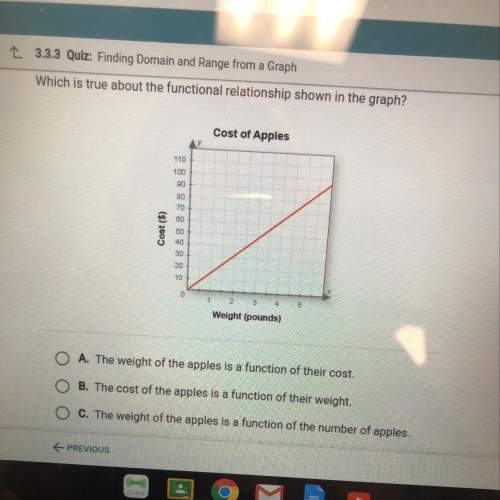
Mathematics, 18.02.2020 01:17, anishivaturi123
Consider a router buffer preceding an outbound link. In this problem you will use Little's formula, a famous formula from queuing theory. Let N denote the average number of packets in the buffer plus the packet being transmitted. Let a denote the rate of packets arriving at the link. Let d denote the average total delay (i. e., the queuing delay plus the transmission delay) experienced by a packet. Little's formula is N = a · d. Suppose that on average, the buffer contains 105 packets (in addition to the packet currently being transmitted) and the average queuing delay is 1.75 sec The links transmission rate is 60 packets/sec. Using Little's formula, what is the average packet arrival rate, assuming there is no packet loss?

Answers: 3
Other questions on the subject: Mathematics

Mathematics, 21.06.2019 15:00, haleylayne74
What is the compound interest in a three-year, $100,000 loan at a 10 percent annual interest rate a) 10.00 b) 21.00 c) 33.10 d) 46.41
Answers: 1


Mathematics, 21.06.2019 23:00, janeou17xn
Mike wants to make meatloaf. his recipe uses a total of 8 pounds of meat. if he uses a 3 to 1 ratio of beef to pork, how much pork will he use? enter your answer as a mixed number in simplest terms.
Answers: 1
Do you know the correct answer?
Consider a router buffer preceding an outbound link. In this problem you will use Little's formula,...
Questions in other subjects:


English, 28.09.2019 01:40


Advanced Placement (AP), 28.09.2019 01:40

Biology, 28.09.2019 01:40

Mathematics, 28.09.2019 01:40

Mathematics, 28.09.2019 01:40

Mathematics, 28.09.2019 01:40

Health, 28.09.2019 01:40

Mathematics, 28.09.2019 01:40







